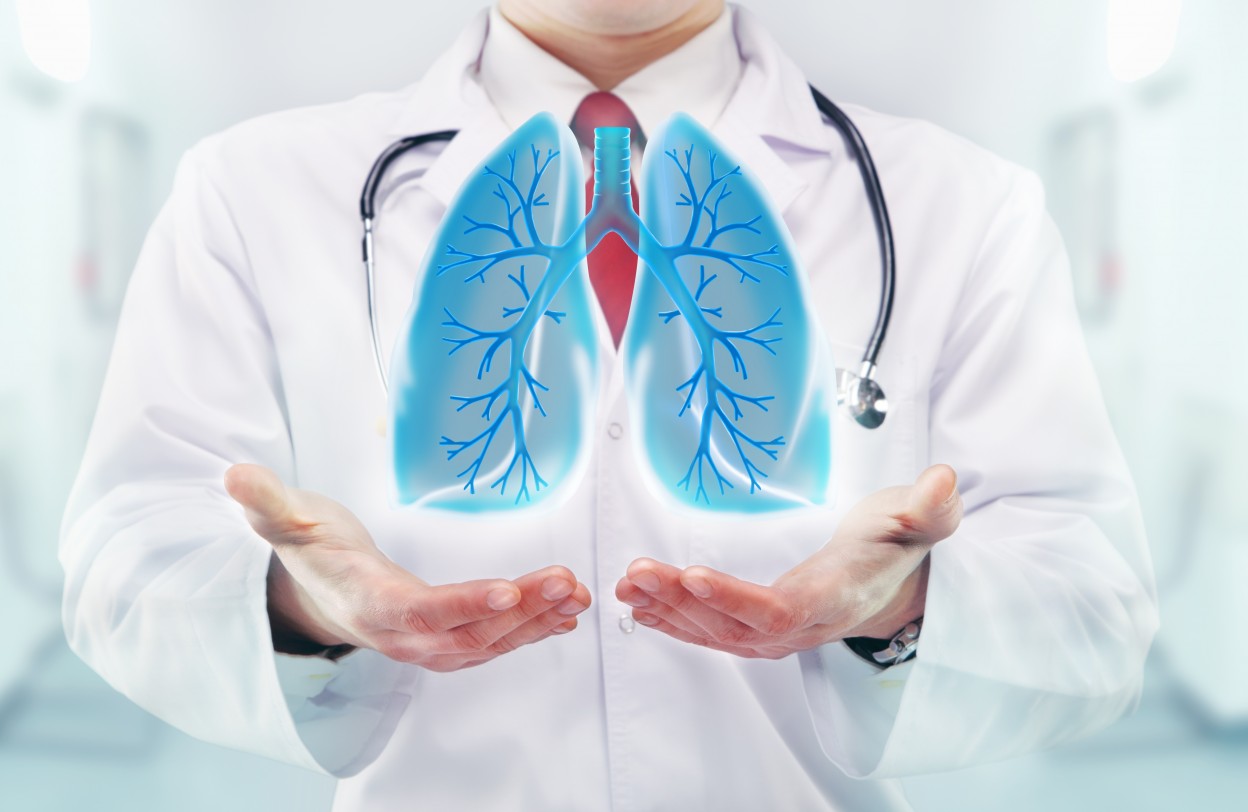Older COPD Patients Underuse Pulmonary Rehab Programs, Study Shows

Researchers from the University of Texas Medical Branch (UTMB) at Galveston are studying the latest trends for pulmonary rehabilitation (PR) therapy among older adults with chronic obstructive pulmonary disease (COPD).
PR therapy is designed as a comprehensive approach to help patients relieve COPD symptoms and flare-ups while teaching them how to better manage their health when rehabilitation programs end. But one of UTMB’s recent studies found that PR therapy was not being used to its full potential even though the health benefits and cost-effectiveness were proven.
The therapy is beneficial in several ways: it reduces shortness of breath, increases exercise ability, improves overall health-related quality of life, and decreases dependence on healthcare system resources.
Recently published in the Journal of Cardiopulmonary Rehabilitation and Prevention, the study is the first to report the use of PR among COPD patients in a large, nationally representative sample of U.S. patients, according to a press release.
Researchers evaluated the national trend and PR use-associated factors in a national sample of more than 33,000 COPD patients on Medicare from 2003 through 2012. The team found a slight increase in the number of patients enrolled in PR, from 2.6% to 3.7% , but the numbers are still much lower than than could be.
“The majority of the economic burden of caring for COPD stems from hospitalization for sudden COPD flare-ups,” said Dr. Shawn Nishi, an assistant Professor at UT’s Internal Medicine Division of Pulmonary, Critical Care and Sleep Medicine. “PR is known to reduce COPD-related emergency room visits, hospitalizations and unscheduled doctor visits, (so) PR provides an overall cost-effective management for a health care system.”
Data collected showed that younger people, non-Hispanic whites, patients from higher socioeconomic backgrounds, and those with multiple health conditions were most likely to receive PR than others. The largest increase in PR was seen among people age 75 and older, males, African-Americans, people with other health issues, and people of higher socioeconomic backgrounds.
Nishi maintains that the use of PR would likely decrease emergency medical treatment and public healthcare costs overall. He also suggests that hospitals re-think day-to-day services in order to accommodate PR programs for COPD patients.
“Starting in 2015, the Centers for Medicare and Medicaid Services added COPD to the list of conditions subject to penalties for re-admissions to the hospital within 30 days after release,” said Nishi. “As the health care system shifts from volume- to value-based reimbursement from CMS, it is prudent for health systems to offer hospital or community-based PR services to its patients with COPD.”





